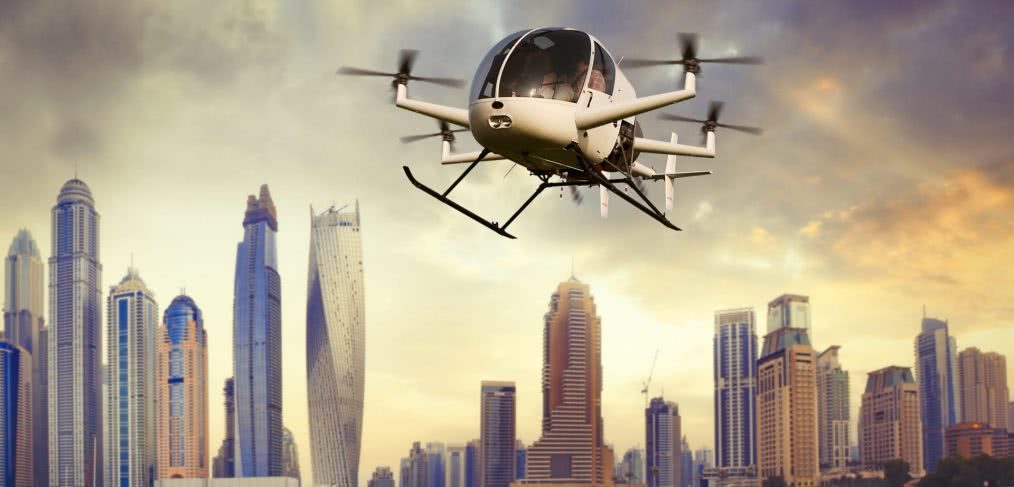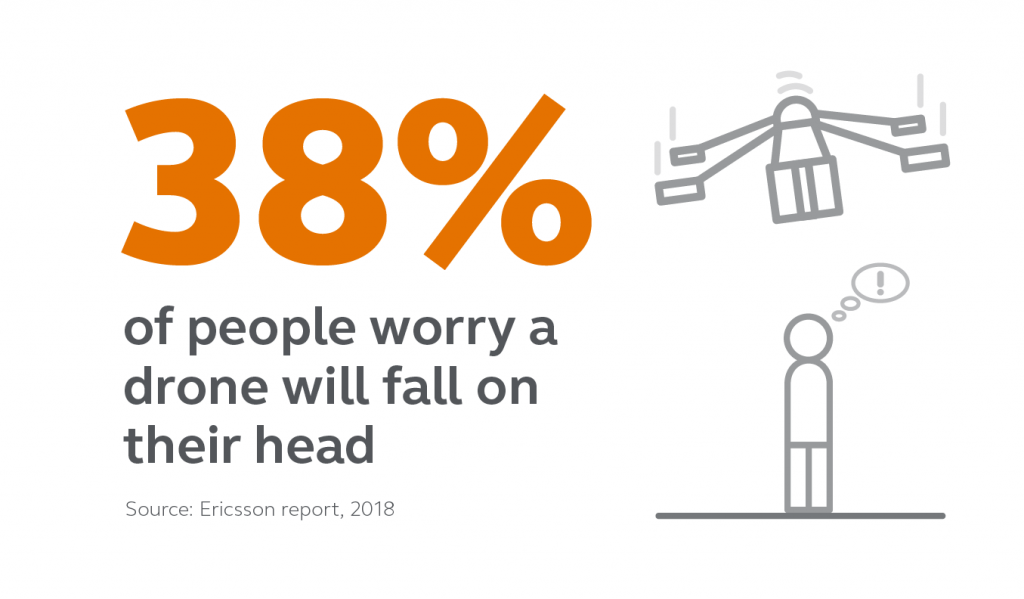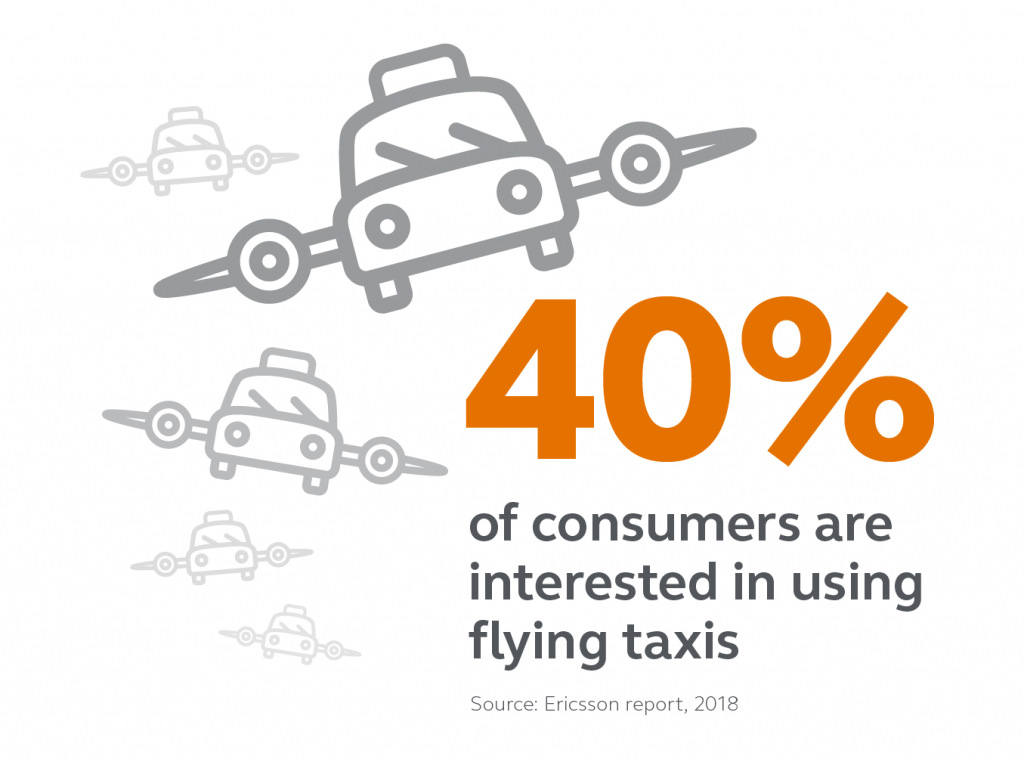
DATÜM: The Southeast Asian Market Tackles Mobility Technology
In a world where drones deliver our packages, autonomous vehicles deliver us to our destinations and high-speed rail promises to get people and goods from point A to point B in a fraction of the time, the impact on our lives and our cities is complex and only beginning to be understood. From our daily commute to the whole of the logistics industry, mobility and consumer fulfillment technologies promise to upend the status quo, and the companies making it happen are banking on widespread adoption. But are our cities moving fast enough to create responsive, adaptive environments in which these technologies can be employed without jeopardizing the health and safety of their people?
Cautious Curiosity
Despite Korea’s growing population, it still manages to stay off the world’s worst traffic-congested cities lists. That’s because its extensive transit network prioritizes people over cars: 65% of Koreans take the subway or bus, only 23% drive, and Seoul transports over 2.6 billion passengers annually. However, our technologically progressive society is a constant threat to this delicate balance; often, the novelty of a hot new product overshadows any ethical or social implications of its use. Many tech companies continually take a short-term view toward making things sleeker, flashier—anything to get customers to line up around the block—without demonstrating much in the way of social or environmental accountability. Sure, moving operations over to 100% renewable energy is a noble effort, but did you know that buying one new phone takes as much energy as recharging and operating an existing smartphone for an entire decade?
We’re hard-wired—no pun intended—to eagerly anticipate the next big thing. According to Ericsson, 39% of consumers think their city needs a road network for drones and flying vehicles and 40% are interested in using flying taxis.

But given that cities and regulatory agencies face an uphill climb to keep pace with the tech industry’s relentless innovation, maybe it’s up to us, the consumers, to be cautiously optimistic when it comes to adopting new technologies. After all, despite evidence to the contrary, 38% of us are still concerned that a drone may fall on our heads.
The Great Clash: Tech Vs. City
Yet the onus isn’t just on cities to anticipate and respond to mobility technology; despite their best efforts to move full speed ahead, tech companies are confronted with myriad challenges in bringing their products and services from the test lab to the market. Countries in Southeast Asia are transforming their cities’ transportation networks to keep pace with a growing population, but not every innovation will work among their discerning consumers, and many transit industry disruptors are lingering in the test phase.
- Autonomous Regulation
China, the world’s biggest vehicle market, set a target for 20 percent of total cars on the road to be highly autonomous by 2025 and 10 percent to be fully self-driving by 2030. In February 2018, Beijing became the first city to green light testing for autonomous vehicles (something Japan has been doing quietly for years now). Meanwhile, Taiwan hopes to implement autonomous buses in their cities, a move that they believe will keep their young workers local rather than moving for opportunities in China. But alongside these ambitious goals must come dramatic reform for regulatory policies, and in addition to confronting issues of safety at the agency level, there’s still plenty of apprehension on the part of consumers. News of minor autonomous vehicle accidents in Singapore isn’t exactly making people more comfortable with the idea of high-tech transit.
- The Stalled Hyperloop
Virgin Company CEO and billionaire Richard Branson is designing his own Hyperloop One that he hopes to implement in cities around the world. The Hyperloop One’s underground tunnel network promises to deliver a below-grade passenger highway that can move people at speeds that outperform air travel. However, it’s met with its share of bureaucratic speed bumps, getting the Hyperloop off to an admittedly ironic slow start. The goal is to offer a more sustainable, less costly Hyperloop system, accessible to riders by 2021—that is, if cities grant the necessary permission.
This route estimator shows how the Hyperloop could reduce travel time.
- Local Wins Big
When American-born mobility innovations go abroad, they aren’t always welcome with open arms. Tesla has been trying to tap into the Asian market for years and has failed at gaining traction on the ground; the company has even threatened to scale back its operations in Hong Kong if the city doesn’t help promote battery-powered vehicles. Meanwhile, Uber started offering ride-sharing services in Singapore in 2013 but has mostly lost out among locals who prefer Grab and Didi Chuxing. Grab just scored $2 billion in investment, a strong indicator that they’ll be driving out Uber for good. The message is loud and clear: the local companies know their clientele better and can offer them something more aligned with their needs.

Predicting the Future
Regardless of which inventions fail and which ones succeed, how do we get better at understanding the full impact of our choices and conceiving of new strategies for regulating health and safety? Here are a few ideas to consider:
- We can only anticipate change by creating governing bodies that work on the consumer’s behalf. Local and regional authorities must commit to the research necessary to understand the full costs and benefits of adopting new technologies.
- The private sector and government must work together more effectively. Coordination will be key to successful implementation and, ultimately, widespread adoption.
- Any new technology should consider the entire life cycle when it comes to calculating social, environmental and economic impacts, and consumer awareness needs to be part of the marketing equation and sales strategy.
Our hope is that cities double down efforts to make existing institutions work better for us, meeting current and future needs and shaping responsible consumer protection regulation that works hand-in-hand with the technological innovations of tomorrow.
